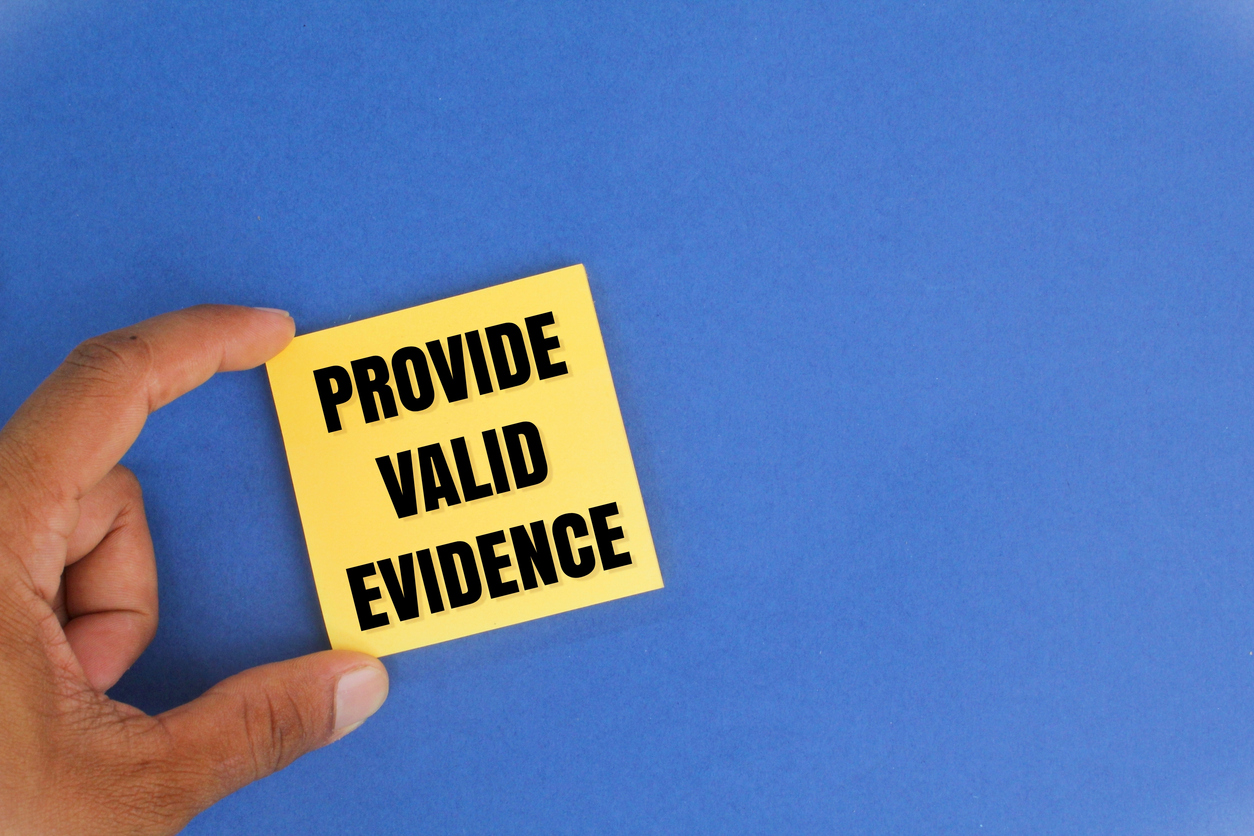Ski resorts are starting to open in Colorado so I thought you would appreciate hearing about a case that is currently pending in snow country. The case is National Union Fire Ins. Co. of Pittsburgh, PA v. Intrawest ULC et al.,1 and involves a coverage dispute.
Intrawest develops ski resorts, and entered into an indemnity agreement with National Union. National Union contends there was a $5,000,000 limit on coverage for all projects. Federal Insurance Company issued a CGL policy to Intrawest, which National Union claims is excess coverage. National Union Fire Insurance Co. and Continental Casualty Co. issued CGL policies to Engelberth Construction for projects developed by Intrawest. Several lawsuits have been brought against Intrawest for construction defects. National Union filed a declaratory judgment action and several entities moved to intervene. Namely, Intrawest’s subsidiaries have sued National Union for denying coverage of the homeowners’ claims in bad faith.
One claim brought by the intervenors was for statutory bad faith pursuant to C.R.S. §§ 10-3-1115 and 1116. National Union argued that since the intervenors assert claims under a CGL policy they are not first-party claimants, so the statutes do not apply. The court disagreed. The statute created a new and different cause of action, separate from common law bad faith.2 "First-party claimants" was defined in CRS § 10-3-1115(1)(b) as follows:
(I) "First-party claimant" means an individual, corporation, association, partnership, or other legal entity asserting an entitlement to benefits owed directly to or on behalf of an insured under an insurance policy. "First-party claimant" includes a public entity that has paid a claim for benefits due to an insurer’s unreasonable delay or denial of the claim.
(II) "First-party claimant" does not include:
(A) A nonparticipating provider performing services; or
(B) A person asserting a claim against an insured under a liability policy.
The trial court found that a CGL insured is not precluded from bringing suit under the statutes. Further, since a CGL’s policy benefits include payment of defense costs and indemnity for covered claims, they seek ‘benefits’ as the term is used in the statute. The court agreed that the intervenors are first-party claimants on the statutory bad faith claims. In a twist, the court also found that they could bring third-party common law bad faith claims. While the intervenors are what we view as traditional ‘third parties,’ because the definition in the statute of “first-party claimant” is so wide, they are also ‘first-party claimants’ for the statutory bad faith action.
Another question in the case involves the $5 million limit. National Union claims that this limit is aggregate, while Intrawest claims that it is per project. The declarations page of the policy states that National Union will pay for damages of $5 million total, but Intrawest relies on a phrase in an endorsement, "separately on a per project basis." With 71 projects at issue, this is an important distinction. National Union could have to pay $5 million or be on the hook for $355 million. This matter is still pending before the court.
I took this photograph last year. Enjoy!
1 National Union Fire Ins. Co. of Pittsburgh, PA v. Intrawest ULC et al., case no 1:13-cv-00079 (Dist.Colo, filed 2013).
2 Kisselman v. Am. Family Mut. Ins. Co., 292 P.3d 964, 972 (Colo.App.2011).




